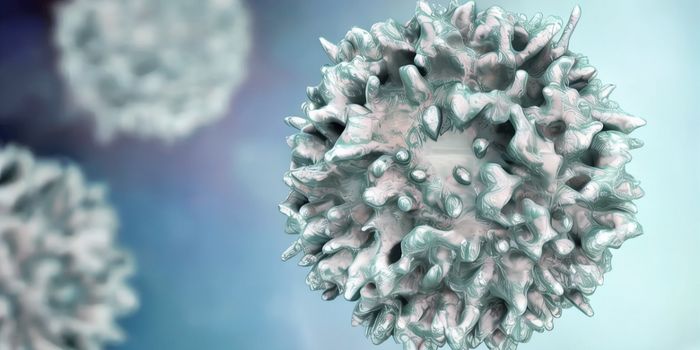Researchers say a protein biomarker could indicate whether a childhood cancer, neuroblastoma, will relapse.
Absence of the marker, known as PML, was associated with tumor recurrence. The team says this piece of information could improve patient outcome, as therapies can be tailored according to a patient’s diagnostic result for the PML marker.
Neuroblastoma is a type of cancer that affects nerve cells in the sympathetic nervous system (PNS). This cancer is one of the most common forms of childhood cancer, affecting infants and young children. It is rarely found in children older than 10 years.
Children diagnosed with high-risk neuroblastoma, indicated by onset under 5 years of age and metastatic potential, are treated with intensive chemotherapy, surgery, radiation, and even bone marrow transplantation. In contrast, for low-risk neuroblastoma patients, doctors may opt to continuously monitor the tumor with or without surgical intervention. This method of “wait-and-see” has 90 percent prognosis rate for low-risk patients, but some deadly relapses can occur.
In testing neuroblastoma cell lines, the team at Brunel University London and University College London honed in on the PML protein, known formally as promyelocytic leukemia protein. They noted that PML is normally detected in the developing and adult PNS. However, PML expression was low or near absent in metastatic neuroblastoma tumors. The PML protein acts to suppress the development of blood vessels that feed the tumor cells, thus its absence is consistent with increased risk for tumor recurrence.
“In the low risk tumors, the absence of PML will be a very useful marker," said Arturo Sala, Professor at Brunel, and co-leader of the study. "What we can now say is that even some tumors classified as low risk, that would have previously gone untreated, if they show no expression of PML, they ought now to be classified as high risk.”
Indeed, the prognosis for low-risk neuroblastoma patients may even exceed 90 percent if these patients can be screened and treated promptly according to the presence or absence of PML. "It is an immediately applicable diagnostic tool," said Sala. "The cost is relatively small - it is just done by microscope inspection and could be used whenever a child is diagnosed by biopsy. If you save one child it is worthwhile."
In the next phase, the team has to validate their findings and confirm that PML levels can be predictive of neuroblastoma outcomes. Because the test would rely on a negative result – absence of PML – the team will need to find another biomarker to serve as a positive control. If successful, they will move to clinical trials to establish the effectiveness of this biomarker.
Additional source:
MNT









